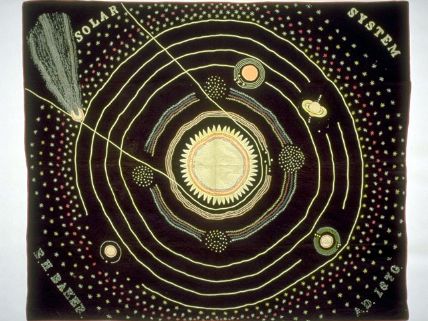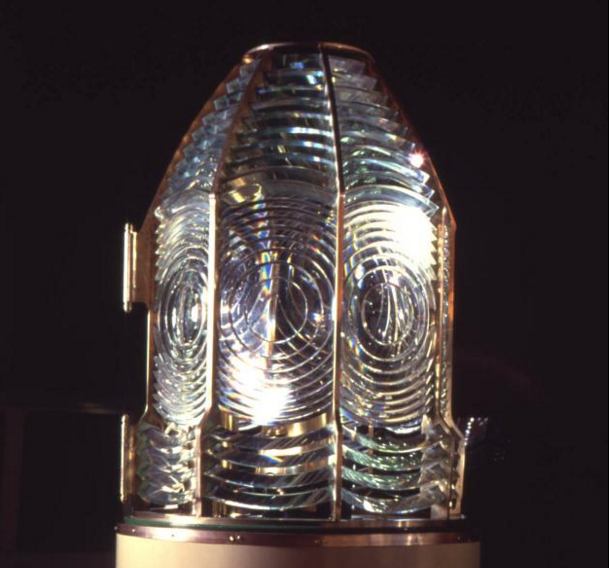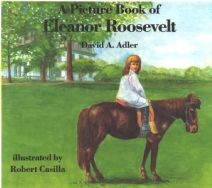As COVID-19 deaths spiked in 2020, Suzanne Firstenberg’s public art installation "In America: How could this happen…"
History Explorer Results (123)
Related Books (28)

Grade Range:
6-8
Resource Type(s):
Interactives & Media
Duration:
13 minutes
Date Posted:
7/25/2012
Learn about the history of predicting weather in the United States from actor Dwayne Starlin playing Joseph Henry, first secretary of the Smithsonian. Henry played a crucial role in creating a weather prediction service in the United States that became the National Weather Service. Th

Grade Range:
3-5
Resource Type(s):
Reviewed Websites
Date Posted:
7/20/2012
Project Archaeology, a program of the Smithsonian's National Museum of Natural History, uses archaeological inquiry to foster understanding of past and present cultures; improve social studies and science education; and enhance citizenship education to help preserve our archaeological legacy. &nb

Grade Range:
K-12
Resource Type(s):
Reviewed Websites
Date Posted:
7/19/2012
In this thematic unit, students will use USS CONSTITUTION as a vehicle to explore a wide range of disciplines including language arts, reading, math, science, art, and social studies. The content scope of the curriculum is wide and var

Grade Range:
5-12
Resource Type(s):
Reference Materials
Date Posted:
6/19/2012
In this online exhibition, students will learn how Project HOPE (Health Opportunities for People Everywhere), an American medical philanthropic organization, has impacted global health care. Currently, Project HOPE's education programs in southern Africa, Latin America, Central Europe and disadva

Grade Range:
5-12
Resource Type(s):
Reference Materials
Date Posted:
5/30/2012
This online exhibition examines the public health, scientific, and political responses in the early phase (1981-87) of the global HIV and AIDS pandemic. The website features photographs, magazine covers and public health information pamphlets from AIDS service organizations.

Grade Range:
K-12
Resource Type(s):
Artifacts, Primary Sources
Date Posted:
3/28/2012
This "Solar System" quilt was made by Ellen Harding Baker of Cedar County, Iowa, in 1876. The wool top of this applique quilt is embellished with wool-fabric applique, wool braid, and wool and silk embroidery. Included in the design is the appliqued inscription, "Solar System," and the embroidere

Grade Range:
6-8
Resource Type(s):
Interactives & Media, Worksheets
Duration:
12 minutes
Date Posted:
3/28/2012
In this episdoe of the History Explorer podcast series, curator Steven Turner discusses the work and shop of Henry Fitz, America's first commercially successful telescope manufacturer. The resource includes an image-enhanced podcast, teachers guide, student worksheet, and image pack.

Grade Range:
K-12
Resource Type(s):
Artifacts, Primary Sources
Date Posted:
3/27/2012
In the early nineteenth century, lighthouses in the United States were considered inferior to those in France and England. American mariners complained about the quality of the light emanating from local lighthouse towers, arguing that European lighthouses were more effective at shining bright be

Grade Range:
K-12
Resource Type(s):
Artifacts, Primary Sources
Date Posted:
3/23/2012
This is a set of eight "dropping sticks" used to teach acoustics. It was made in Paris by the famous scientific instrument maker Rudolph Koenig, sometime between 1858 and 1902. This particular set was used in the introductory physics class of the Worcester Polytechnic Institute.
These s

Grade Range:
6-12
Resource Type(s):
Interactives & Media
Duration:
2 minutes
Date Posted:
3/23/2012
Meet Steven Turner, curator at the Smithsonian's National Museum of American History, as he discusses the Smithsonian's scientific instrument collection. This video focuses on the plate developed by the 18th century scientist Chladni whose instruments create visual representations of wave pattern



















